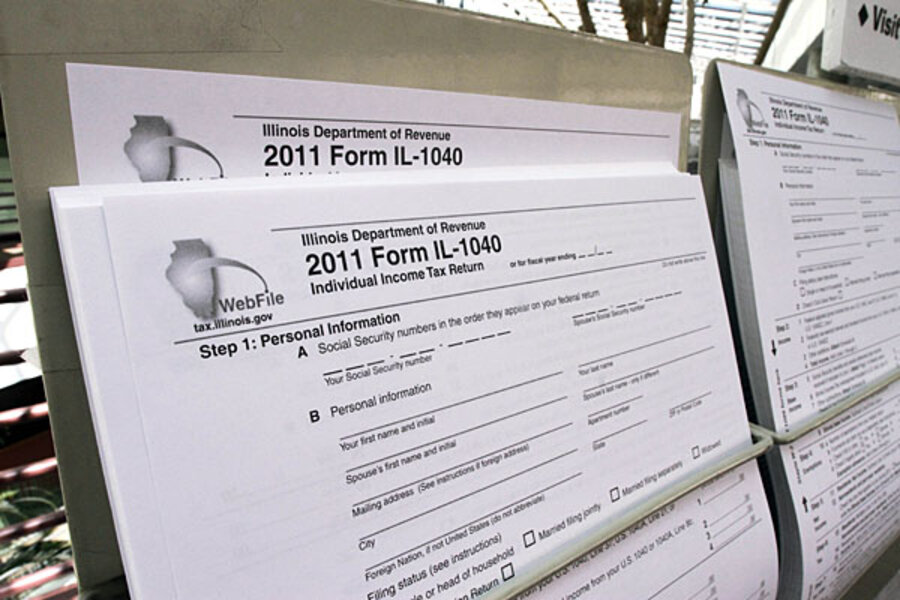Do corporate tax breaks benefit the middle class?
Loading...
Who pays the corporate income tax? It is one of the most vexing questions tax experts face. Now, to keep pace with the latest research, the Tax Policy Center has revised its methodology for figuring where this tax falls. The bottom line: For the first time, TPC assumes that workers bear some of the corporate tax burden.
In newly-published assumptions, TPC figures 20 percent of the corporate income tax is borne by labor and 80 percent by capital. TPC further refines the capital share by dividing it into two chunks. Twenty percent of the levy is reflected in normal returns (essentially, equal to the return from low-risk bonds) and 60 percent in any additional returns received by shareholders.
The revision, similar to adjustments made recently by the Treasury Department and the Congressional Budget Office, will be important as TPC analyzes tax reform plans that reduce corporate rates.
That’s because, until now, TPC assumed investors ultimately paid the entire corporate tax in the form of lower returns to capital. Now, TPC concludes that labor also pays through lower wages. As a result, workers, as well as shareholders and other owners of capital, would benefit from any cut in the corporate tax. Similarly, both would take a hit if corporate taxes are hiked.
These new assumptions revise the way TPC distributes corporate income tax changes to individuals. In effect, low- and moderate-income taxpayers (who make most of their money from wages) will benefit a bit more from cuts in the corporate tax. Under TPC’s old method, almost all of the benefit of those tax cuts went to high-income households (who make much of their money from investments). However, even with the changes, high-income households still get the lion’s share of the benefit.
The revisions don’t make much difference when TPC looks at how tax changes affect various income groups–largely because corporate income taxes account for only about 10 percent of federal revenue.
Look at what happens in 2015 under current law (that is, assuming all the Bush-era tax cuts and the Alternative Minimum Tax patch expire). Under the old methodology, households in the middle 20 percent of the income distribution would pay a total effective tax rate of 18.2 percent, while they’d pay 18.6 percent under the new one. The top 1 percent would pay a 39.5 percent rate under the old model, but only 38.9 percent under the new one.
To understand the change, think about the nature of corporate income taxes. Sure, a corporate CFO writes a check to the IRS, but ultimately her firm is nothing more than a legal convenience—a mechanism for a group of people to join together to form a business. People, not a stack of incorporation papers, ultimately pay taxes.
The idea that the corporate income tax is borne by capital alone was based on a paper written a half-century ago by the influential economist Arnold Harberger. But Harberger was looking at a closed economy where capital did not flow freely around the world as it does today. Now, investors can move their money overseas when tax rates on U.S. corporate investment rise. That means workers in the U.S. have less capital to work with, which makes them less productive, and leads to lower wages. Because it is not so easy for workers to move, they end up paying some of those corporate taxes in the form of reduced compensation.
If you are interested in the details, my colleague Jim Nunns laid it all out in a technical, but very readable, paper.
These revisions to TPC’s analysis are the most important change in a bigger package of technical adjustments to its tax model. TPC makes those revisions each year to reflect updated tax data and the latest economic forecasts. But it was time to rethink the corporate tax issue as well. While this surely won’t be the last word on the subject, it better reflects the current thinking on a very thorny question.







